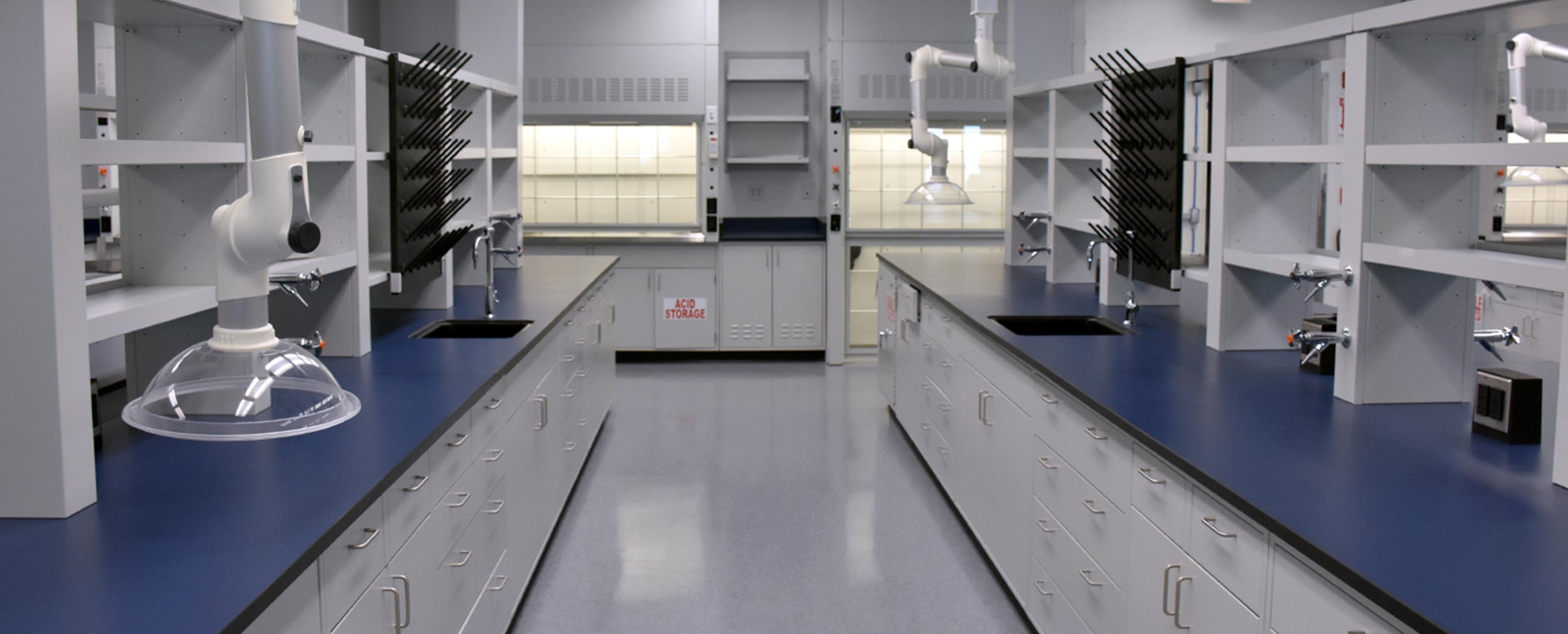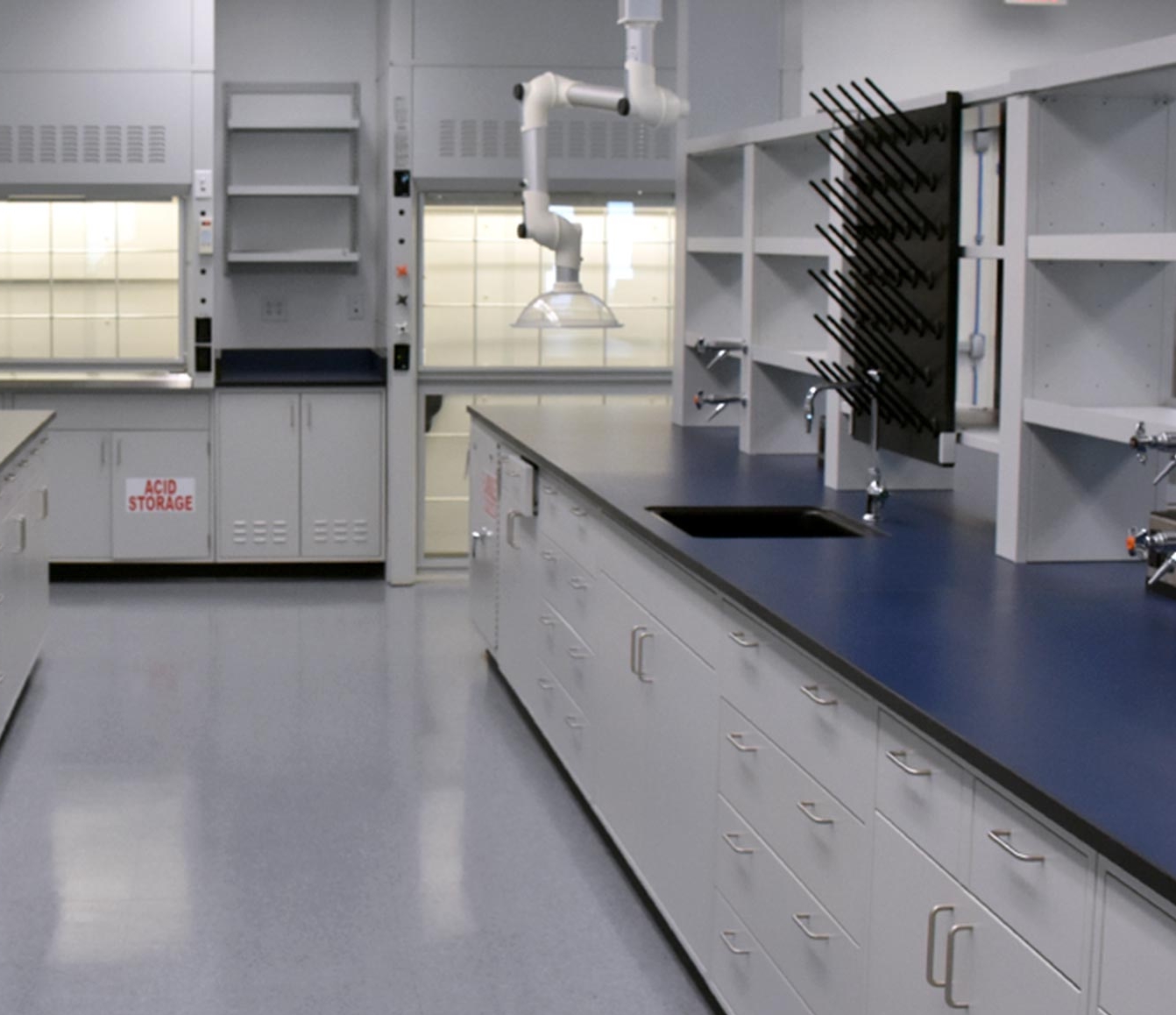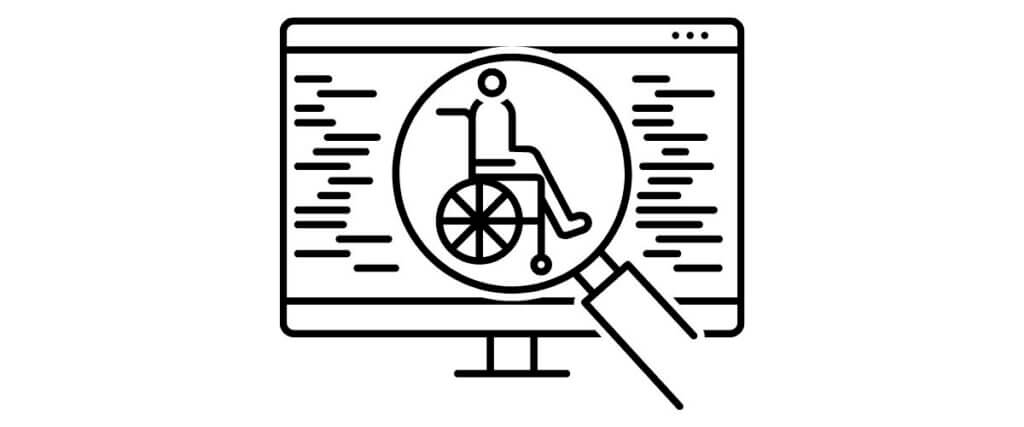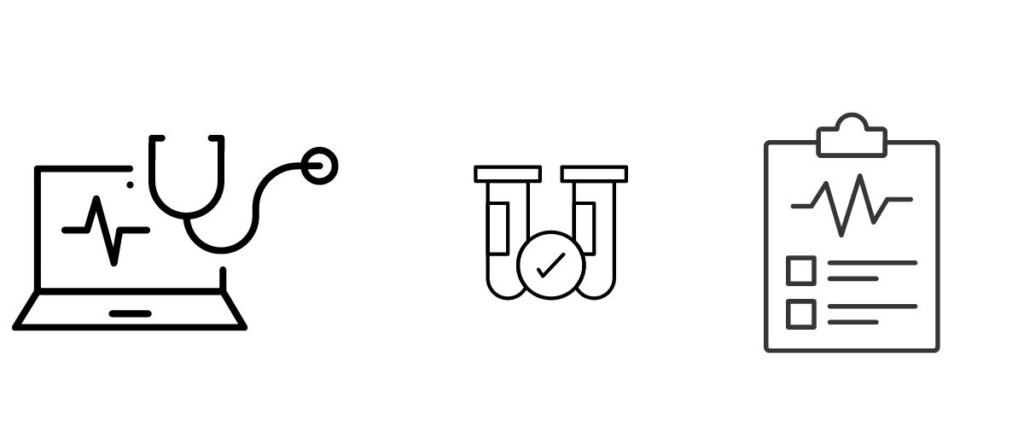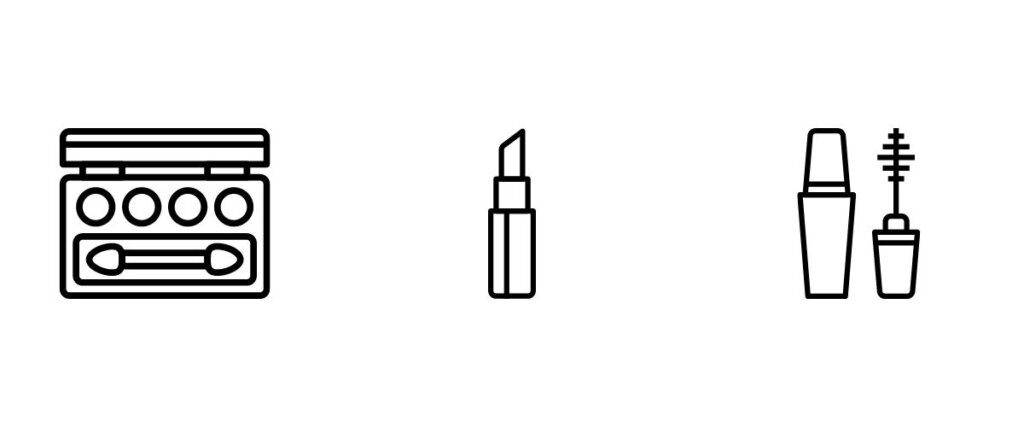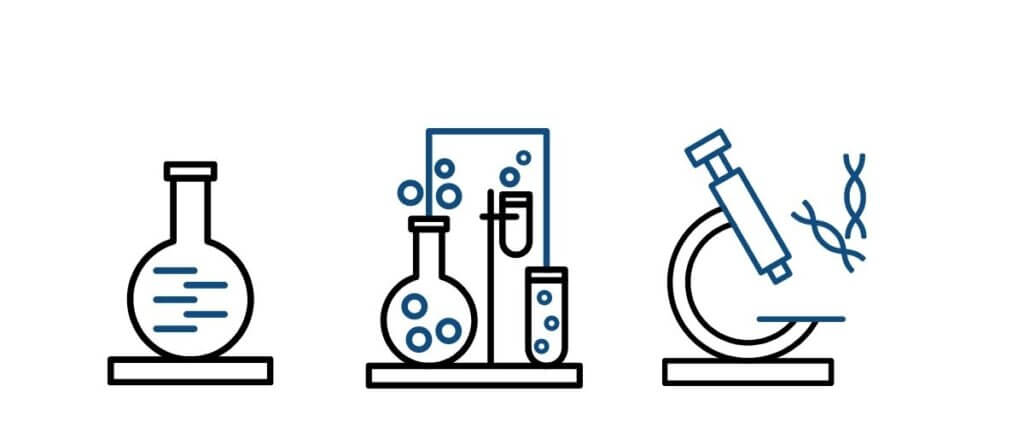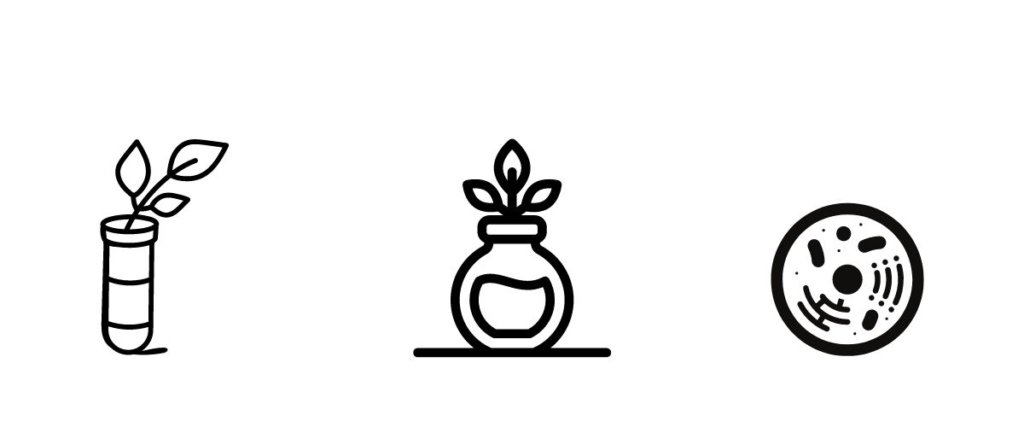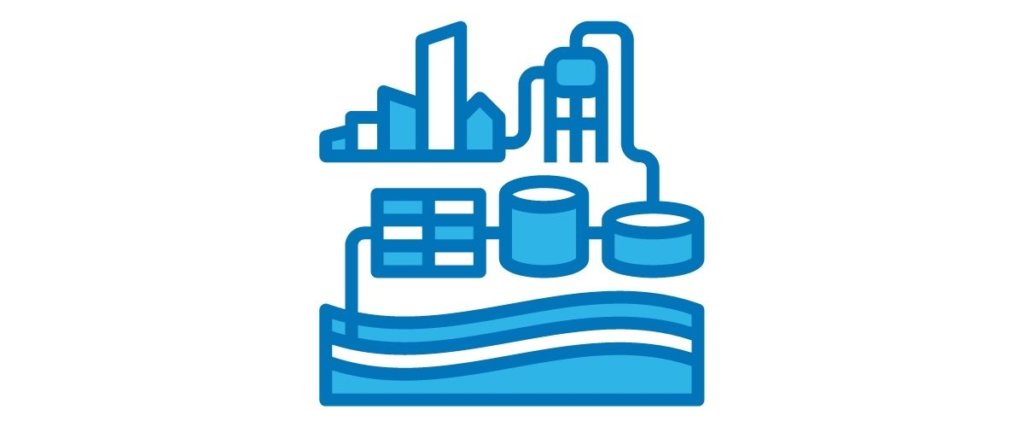So, you’re looking to claim your own piece of the cannabis industry pie and need a cannabis lab to do it. While this is certainly doable, it does require careful planning and attention to detail. As with any lab setting, your cannabis lab will need to follow strict standards of cleanliness, be appropriately licensed, and
Read More


